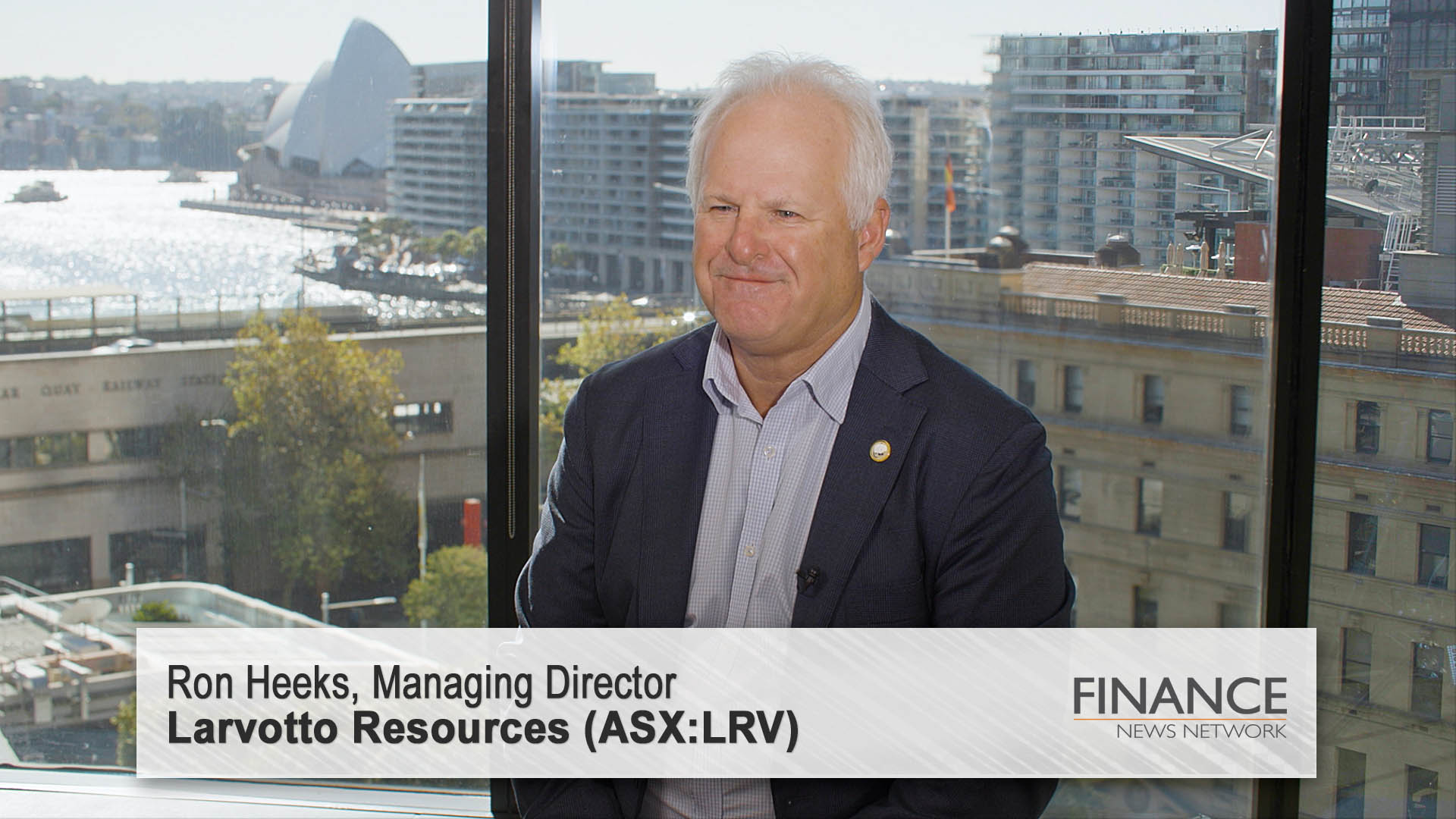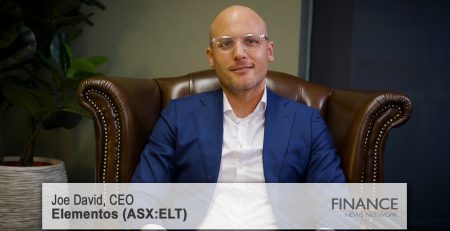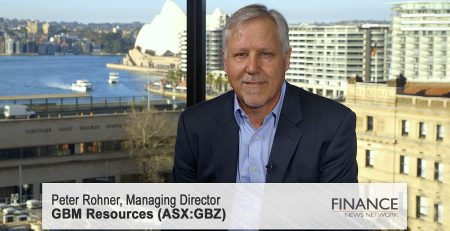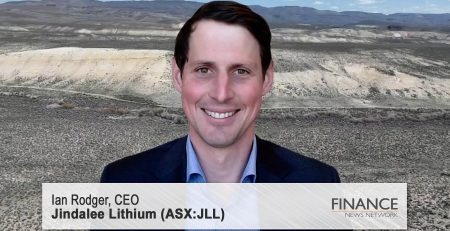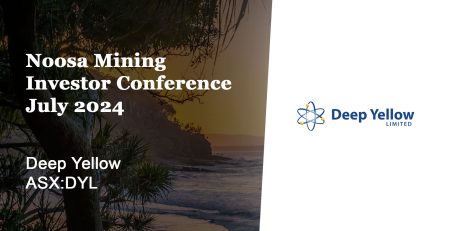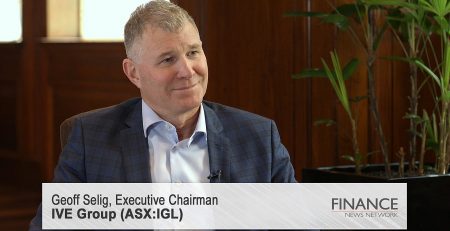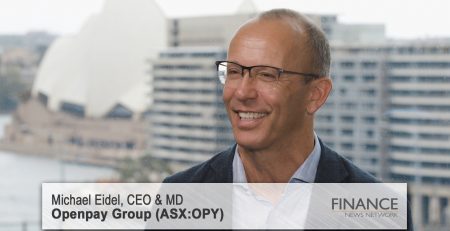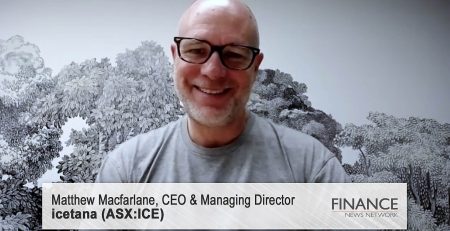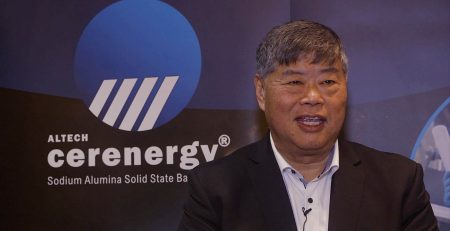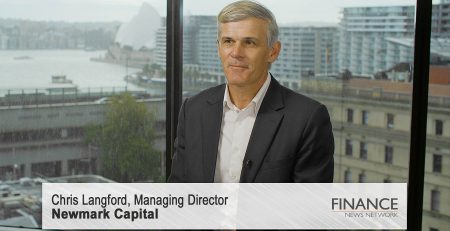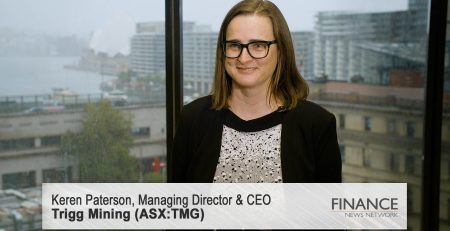Spoiled for choice: Larvotto’s multi-commodity projects
Larvotto Resources Limited (ASX:LRV) Managing Director Ron Heeks discusses the company's projects, commenting on their rare earths, gold, copper, cobalt, lithium and PGE potential.
Tim McGowen: We're talking with Larvotto Resources (ASX:LRV), market cap of around $16m. We have with us Managing Director Ron Heeks. Ron, welcome to Sydney. Thanks for your time.
Ron Heeks: Morning. Great to be here.
Tim McGowen: It's a nice day out there, Ron.
Ron Heeks: Glorious.
Tim McGowen: Now, for those investors, potential investors, who don't know the Larvotto Resources story, can you tell us about the company?
Ron Heeks: We're a multi commodity, fairly new listing. Only been around for about 18 months. But major project, copper, cobalt, gold around Mount Isa, a big tenure there. Very interesting project in Western Australia east of Norseman, which is prospective for more things than I think I've ever looked for. But certainly gold, nickel, PGEs, lithium, and recently we've had some great success on rare earths, and a very interesting gold project in North Island, New Zealand.
Tim McGowen: Let's start by talking about the Eyre project in Western Australia. You said you're spoiled for choice there. What does it also have in terms of rare earth potential?
Ron Heeks: The rare earth potential is one that's recently come around. We followed up a geochem anomaly that was generated by Anglo back in the day, about 2008. We put some soil geochemistry over that just to confirm and tighten that up. Came back with a thousand PPM in soils. Looked interesting. Put a couple of lines of air core drilling across that just to see what that meant. And came up with our best hit of 1.2 per cent rare earths in clays about 12m below the surface. So, fascinating first effort. Certainly needs a lot more work. Test work underway there at the moment to determine what sort of clays we're looking at and what's the best way to move forward on that. But very, very interesting and one of the better results, if not the best, arguably, result generated from around that area.
Tim McGowen: And it's a bit of a multi-commodity project. What else is there and how do you map out that program?
Ron Heeks: Amazing project. We went there for the nickel. We've got 40km of the Jimberlana Dyke, which is a known nickel host. It's always been associated with some PGEs, and certainly our neighbours there are having great success on PGE mineralisation. We'd like to think we've got some as well. We've got some interesting zones that we need to drill. We've got lithium potential being directly south on a long strike from the Buldania nickel project of Liontown (ASX:LTR). Always good for gold in that area. And the rare earths. So, it's an amazing, amazing spread of gold, nickel, copper, PGEs, rare earths and lithium. I've never worked on anything like it.
Tim McGowen: Spoiled for choice, as I said. So, with lithium, I believe you've got a cornerstone investor there, or a potential cornerstone investor. How's that playing out in regards to lithium?
Ron Heeks: Yeah, really well. We were approached by Waratah out of Canada, who were interested in investing very early stage, and we're talking geochem anomaly stage on the lithium, and that was wonderful to help fund something that wasn't a priority for us when we listed, but certainly moved up the food chain, but we hadn't necessarily allocated sufficient budget to really do that project justice.
So, for them to come in at such an early stage was excellent and it was appreciated by everybody, and we're following through on that. We've done the first stage of air core drilling on that to identify where the pegmatites are. Unlike a lot of areas, ours aren't sticking out of the ground. There's a bit of soil cover. So we needed to locate them. And the next phase, now that we've identified nine different pegmatite zones, is to go and RC drill that and see what's happening below the surface.
Tim McGowen: And, being spoiled for choice, there's probably risk for that. How do you prioritise what you're looking for?
Ron Heeks: It's an interesting story. Yeah, well, certainly RC drilling of the lithium and a couple of the nickel anomalies, particularly one that could well be associated with PGEs, that's the next phase. RC drilling for the rare earths is not really the go. That's more an air core situation. But we'll wait for the met test work to come back on that before we plan more work there. And hopefully we'll be following up some of the RC with some deeper diamond.
Tim McGowen: And, of course, you touched on gold in New Zealand, at your Ohakuri project, I believe. How's that exploration program expanding?
Ron Heeks: Oh, look, fascinating project. Very, very interesting. There's been a fair bit of work done in that project before. 10,000m of drilling over the years identified a big broad zone of low-grade gold mineralisation. We're all about trying to find the feeder zones for that. There's a lot of gold in the system, but it's really "Where has it come from?" We've just completed a drill program there. In fact, I'm off to New Zealand as soon as we finish here in Sydney to go and have a look at that core. We haven't got any assays of significance yet, but quite an amazing project in a very doable part of the planet.
Tim McGowen: And now back to Mount Isa up at the top of Queensland there. What are you looking for there and how's that project expanded?
Ron Heeks: Copper, gold, cobalt was always our lead project. We've got 900 square kays of ground up there, so a very big land holding directly east and south of Mount Isa. The story I tell about that that I keep telling, but it reminds me of Kalgoorlie in the very early eighties, that there's lines of workings all over the place and just absolutely no drilling. We'd have less than 40 drill holes over the whole project area. So, it really is an unloved part of the country. The majors had it for many, many years. Exploration for copper wasn't of great interest, but you're seeing more news come out of Mount Isa now a week than what you are a year previously. So, it's a very, very exciting area and just incredibly under-explored given that it's one of the world's great copper provinces and you've got multiple means of processing just nearby.
Tim McGowen: You sound really busy. Ron. What sort of announcement pipeline is on the horizon?
Ron Heeks: Well, coming out will be the results from Ohakuri in New Zealand, met test work from the rare earths and ongoing work from Mount Isa, so geochemistry. We hope to be drilling there in the near term. Prioritising targets up there is our single biggest problem. We would have at least 40 different areas where we could be exploring on, and prioritising which ones to focus on is where we are at the moment. So, we've got a big team up there, three geos and six field assistants, doing exactly that. So, pretty good news flow coming up. We'll be RC drilling as soon as we get heritage permission at Eyre on the lithium, the PGEs, and the nickel there. And, yeah, test work from the rare earths coming through. So, a fair bit happening at the moment.
Tim McGowen: And, just to finish up, is ultimately the plan to JV with some of these projects or spin them out?
Ron Heeks: Oh, too early to say.
Tim McGowen: Too early?
Ron Heeks: But some of them probably should have a life of their own if they're going that way. We went into this with a few commodities. There's two ways to do it. You can focus on one or you can have a spread. The spread's worked very well for us at the moment, but there comes a time in, certainly for a junior, of they might need a lot more love by themselves, but we'll see how that goes. It's decision that we're not at that point yet.
Tim McGowen: Ron Heeks, thanks for your time.
Ron Heeks: Thanks very much.
Ends
Copyright 2023 – Finance News Network
Source: Finance News Network

